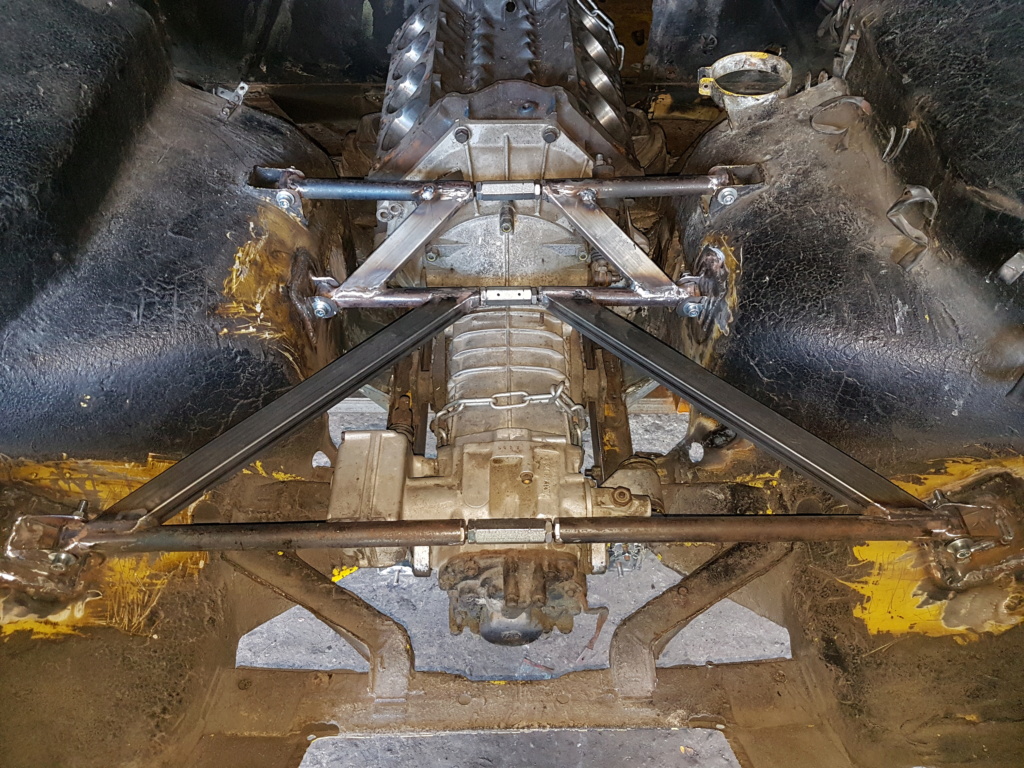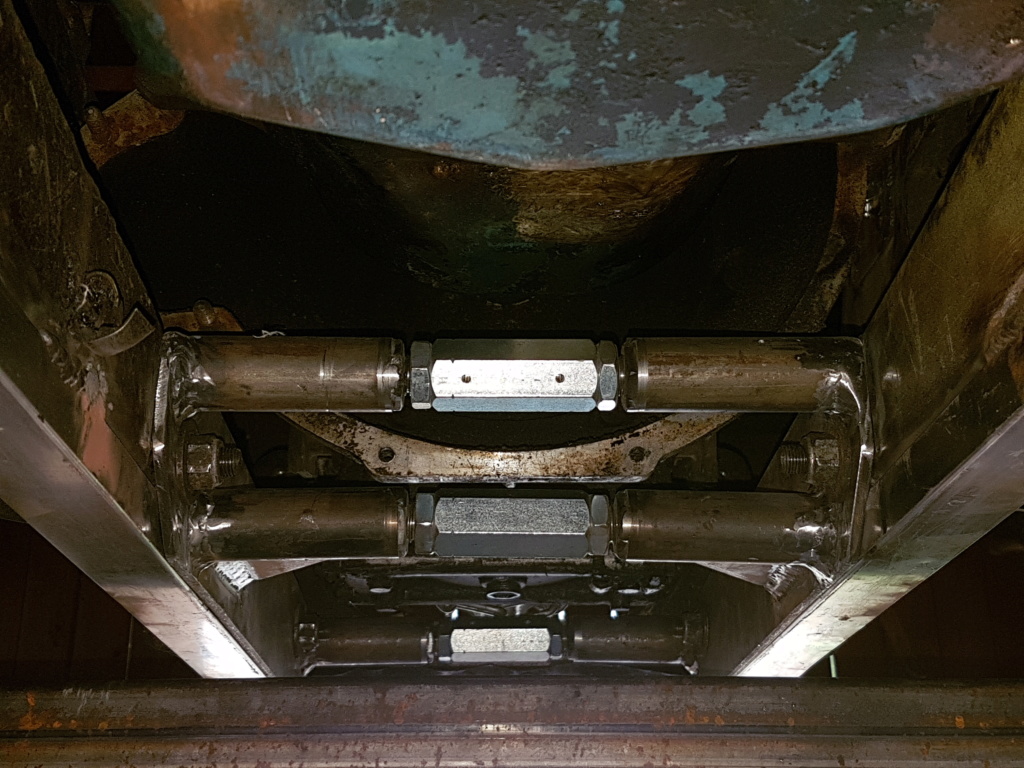I'm hoping the contributors following this topic don't get lost.
Original Post
Replies sorted oldest to newest
quote:Originally posted by Bosswrench:
Renee, to increase caster, we use offset a-arm bushings rather than altering the a-arms. Offset upper polyurethane bushings plus stacking all the shims on one side will give about 3-1/2 degrees of caster. Adding a second pair of offset bushings to the lower a-arms will give in total about 4.5+ degrees. Shaving one side of the steel upper ball joint carrier by 0.100" with give in total about 6+ degrees, all without touching the a-arms. Remember, as caster goes up, steering effort also goes up although its only evident to most drivers at parking-lot speeds..
quote:
Originally posted by René #4406:
I have Flash Player on my computer but I can not see the gallery of Sticky #2, a computer scientist could he tell me how to do?
quote:
Originally posted by René #4406:
Do we know the original attitude of the car
quote:Originally posted by George P:
I could see the album with internet explorer and firefox, with google chrome I got a message informing me I needed Flash Player 9.0.124, but it also provided a link to upload the latest version. Do you think uploading the latest version of flash player would help you?
quote:Originally posted by Bosswrench:
The car's laden ride height is difficult to measure by the factory method since they check to ground at the lower a-arm mount bolt centers, way under the car. This is because there are no perfectly horizontal surfaces for easy reference on the curvy DeTomaso Pantera body. The rather confusing stock ride height figures are in the Ford TSBs at the end of BULLETIN 4, ARTICLE 27: 7.28" frt & 6.39" rear and likely include the U.S. DOT headlight/bumper height spring-spacers which we all discarded decades past.
Note also that ride heights will depend quite a bit on the ODs of your current front and rear tires. And after 45 years of driving on public roads with a spot-welded monococque chassis, the two sides of the car will likely be at slightly different heights. The rear suspension in particular is well known to collapse a little over time and needs a far better upper rear bay brace with adjustment device.
The desirable nose-down rake of about 2 degrees is an estimate and is not a hard-and-fast measurement, for the same reason that the car has no easy horizontal reference surfaces. I use adjustable spring-perch Koni shocks to adjust ride height or small individually sized spacers on all 4 non-adjustable shocks. Sometimes it's just easier to go and do it than it is to laboriously calculate things like this, what with all the various modifiers.

